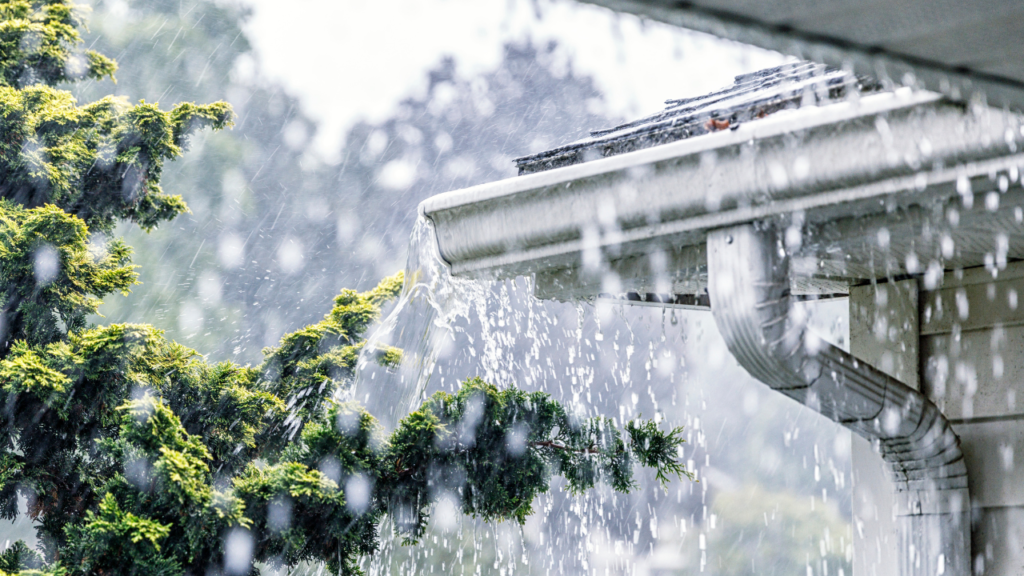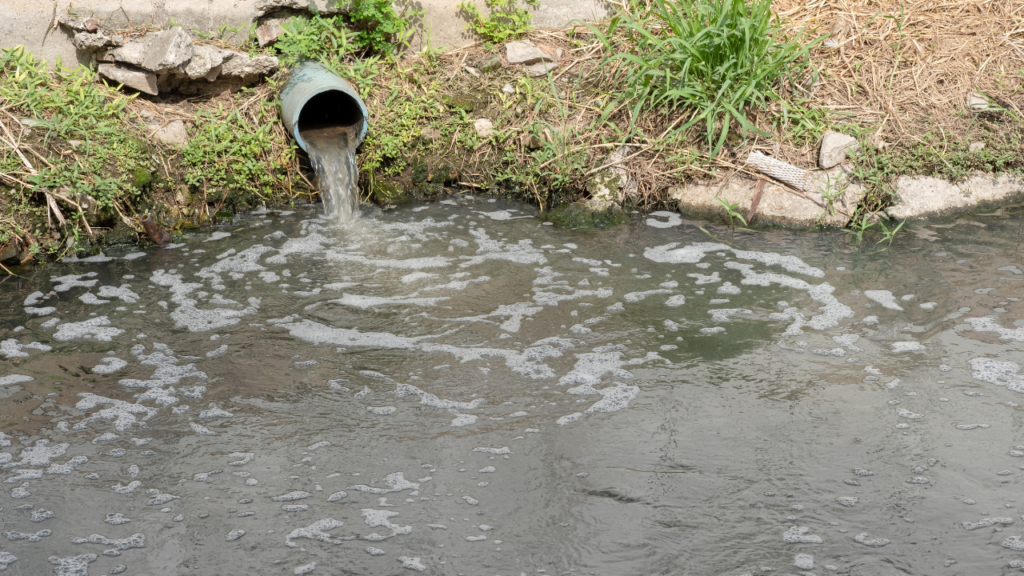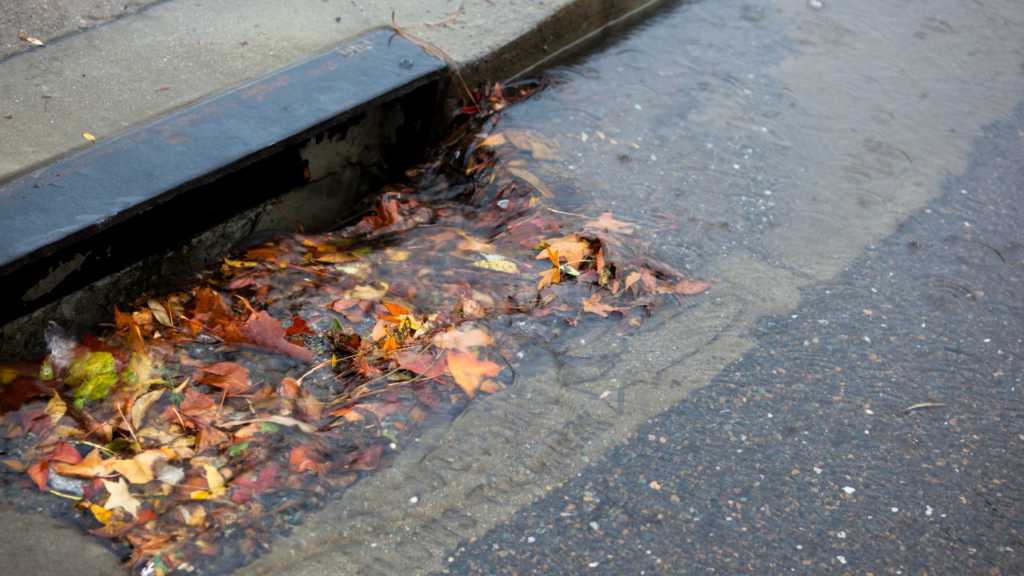Water scarcity and urban flooding are pressing issues for densely populated cities like NYC. These challenges demand innovative solutions that can address both resource conservation and stormwater management. Enter living walls, an eco-friendly, multifunctional approach that not only beautifies spaces but also plays an effective role in water management. This blog explains how living walls can be leveraged for stormwater and greywater management, offering practical benefits and sustainable impact.
Stormwater vs. Greywater
- Stormwater: This refers to rainwater runoff that flows over surfaces such as rooftops, streets, and sidewalks. In highly urbanized areas like NYC, stormwater often picks up pollutants and causes flooding due to the presence of impervious surfaces.
- Greywater: Greywater is gently used water from sinks, showers, baths, and laundry. Unlike blackwater (from toilets), greywater can often be reused for landscaping and irrigation with minimal treatment, offering substantial water-saving benefits.
Living Walls: More Than Just Greenery
Living walls are structures covered with vegetation, often integrated with specialized irrigation systems. They offer numerous environmental benefits, including improved air quality, energy efficiency, and biodiversity enhancement. However, their potential in stormwater and greywater management remains lesser-known yet highly promising.

Managing Stormwater with Living Walls
Living walls can be incorporated into urban infrastructure to mitigate stormwater issues. Here’s how they work:
- Absorption and Retention: The substrate (growing medium) and vegetation in living walls naturally absorb rainwater. This reduces surface runoff, thereby mitigating the risk of urban flooding and alleviating pressure on drainage systems.
- Filtration of Pollutants: As stormwater passes through the layers of a living wall, pollutants such as heavy metals and particulates can be filtered out, improving water quality before it reaches the ground or nearby waterways.
- Slowing Water Flow: Unlike impervious surfaces that quickly channel rainwater, living walls slow the flow, reducing the likelihood of erosion and flood peaks during heavy rainfall.
Pro Tip: To optimize stormwater management, combine living walls with green roofs and permeable pavements, creating a holistic, sponge-like urban infrastructure.

Greywater Recycling with Living Walls
Greywater recycling is another promising use of living walls, providing a sustainable way to repurpose used water. Here’s how living walls can support greywater management:
- Irrigation Solution: Living walls can be designed to use filtered greywater for irrigation. As water trickles down the wall, plants take up nutrients, while soil and substrate layers further purify the water. This closed-loop system minimizes freshwater consumption and reduces water waste.
- Nutrient Cycling: Greywater often contains nutrients that plants can utilize. Living walls effectively “feed” off these nutrients, reducing the need for synthetic fertilizers and contributing to healthier, lush vegetation.
- Reduced Water Demand: By using greywater for living wall irrigation, property owners and developers can significantly cut down on their reliance on potable water, translating to cost savings and a reduced environmental footprint.
Practical Tip: Consider integrating a greywater treatment unit with your living wall system to ensure safety and compliance with local health and building codes.
Combining Stormwater and Greywater Solutions
Incorporating living walls as part of a combined stormwater and greywater management strategy offers several synergistic benefits:
- Water Balance: Stormwater collected from rooftops can supplement greywater in irrigating living walls, establishing a harmonious cycle where every drop is utilized effectively.
- Enhanced Aesthetics and Cooling: In addition to water management, living walls offer an eye-catching and cooling environment for buildings and surrounding areas, which is especially valuable during NYC’s hot summers.
- LEED Credits: Sustainable water management practices involving living walls may contribute to achieving LEED certification credits, signaling a building’s environmental commitment.
Conclusion
For NYC property owners and managers, integrating living walls for stormwater and greywater management can be game changing. Not only do these features support sustainability, but they also enhance the building’s appeal and may contribute to cost savings over time. The initial investment can be offset by long-term benefits, including lower water bills, reduced flooding risks, and the satisfaction of creating greener, healthier spaces.
Want to add the water management capabilities of a living wall to your NYC property? Eco Brooklyn specializes in designing, installing, and maintaining living walls tailored to your needs. Contact us to learn how we can transform your space and support sustainable water use practices.
References –
[1] Palermo, S. A., Viviani, G., Pirouz, B., Turco, M., & Piro, P. (2023). Experimental analysis to assess the hydrological efficiency and the nutrient leaching behavior of a new green wall system. Science of The Total Environment, 901, 166301. https://doi.org/10.1016/j.scitotenv.2023.166301
[2] Lau, J.T. & Mah, Darrien. (2018). Green wall for retention of stormwater. Pertanika Journal of Science and Technology. 26. 283-298. https://www.researchgate.net/publication/322921333_Green_wall_for_retention_of_stormwater/
[3] Gholami, M., O’Sullivan, A. D., & Mackey, H. R. (2023). Nutrient treatment of greywater in green wall systems: A critical review of removal mechanisms, performance efficiencies and system design parameters. Journal of Environmental Management, 345, 118917. https://doi.org/10.1016/j.jenvman.2023.118917

